If you – like me – live in the temperate part of the northern hemisphere, there may be no more boring month for birding than July. After an adrenaline-packed May fueled by spring migration and a pleasant June kicking off the breeding season, July hits like the midsummer heatwaves it brings, stopping everything dead in its tracks.
With birds entrenched in the pursuit of multiplication there is little large-scale movement, so vagrants and rarities are uncommon. And while the first half of the breeding season is all about displaying loudly and proudly, July brings egg-and-chick-rearing and that means it’s time to put your sneaky pants on and shut your mouth. A walk in the forest in July is all silence and stillness. It’s almost as bad as February.
For this reason when the summer hits my focus turns from birds to other things, and if you happen to follow me on the socials (ahem, Facebook Twitter Instagram) you’ll be aware that the leg-count is at a seasonal high. Summer is the season of bugs, and while not all birders will find solace in that, it is exactly the solution you need when you’re yearning for some of that sweet, sweet birding action.
You see birding is not just an idle hobby for those who pursue it seriously. Rather, it is a sort of compulsion which fills certain basal needs…or perhaps gaping holes in the emotional wellbeing of the practitioner. That’s why in the month of July you can see listless birders wandering marsh boardwalks and forest edges looking confused and bewildered. We all have holes that need to be filled.
The good news is that if you can identify those holes, there are surrogates with which you can fill them. It may not be my place to speak about the holes of others, but in my opinion a viable substitute for birding must satisfy the following conditions:
- It must be outdoors. Nature is good for the mental health, so in this time of crisis an hobby that draws the birder out of their hermitage is a must.
- It must involve pursuit. Birding taps the primitive hunter within, so a quarry that gives chase fits the bill. Also exercise is important and I have a short attention span.
- It must have a system of identification and organization. Birding – and especially bird-listing – is a means of bringing control and order to the life of the birder. Any placeholder needs to do the same. Ideally identification will be possible in the field (no capture/magnifying glass/microscopes should be needed), and a good field guide exists.
With the criteria established, then, I return to bugs. There’s lots of them in the summer, so they are the proverbial low-hanging fruit. The most obvious six-legged analogue to birds, and for many the gateway into the world of insects, is butterflies.
Now I will fully admit that my entry into the world of butterflies was a reluctant one. As a lifelong lover of all insects, butterflies just seemed so cliché. So mainstream. Where was the edge? The counterculture? The cool-factor?
There wasn’t one.
Once you find peace with that simple fact, butterflies are actually kinda fun. Most importantly, they represent an easy switch for the birder-without-a-cause. They’re bright and colourful, there are common ones and rare ones, they can (mostly) be identified in the field, and there are lots of field guides and resources available. Jackpot.
Now that the sales pitch is over, here’s a birder’s introduction to a dozen eastern North American butteflies to get you started in your new favourite hobby (sorry for the geographical bias):
1. Cabbage White
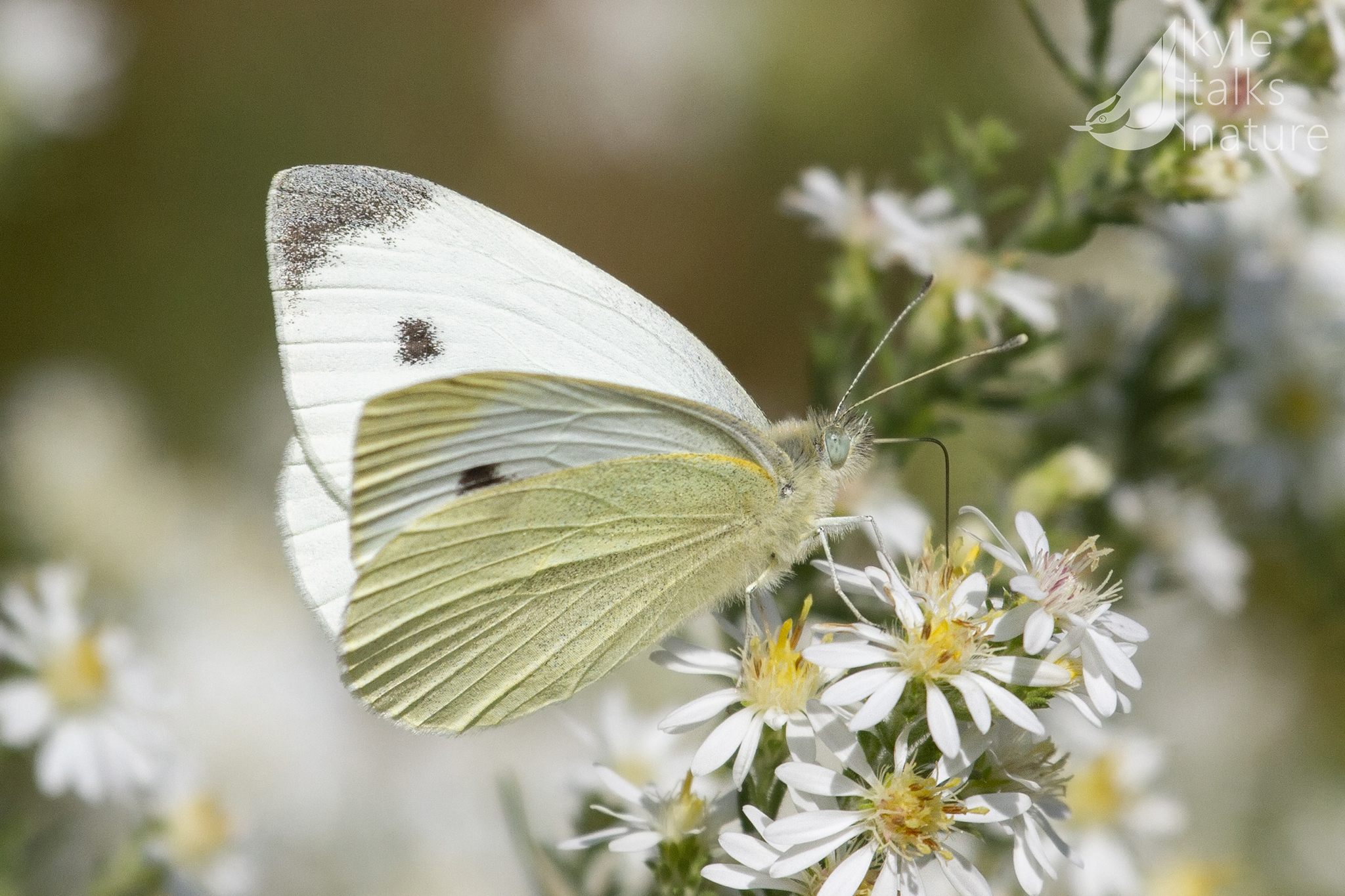
Possibly our most cosmopolitan butterfly, and one of our least remarkable. This is the Song Sparrow of butterflies. You will see them so often flitting across lawns and darting through grassy fields that you will stop paying attention. Then one day the Cabbage White you don’t look at will be West Virginia White and somebody else will see it instead of you and your life will pretty much be ruined.
2. Northern Crescent
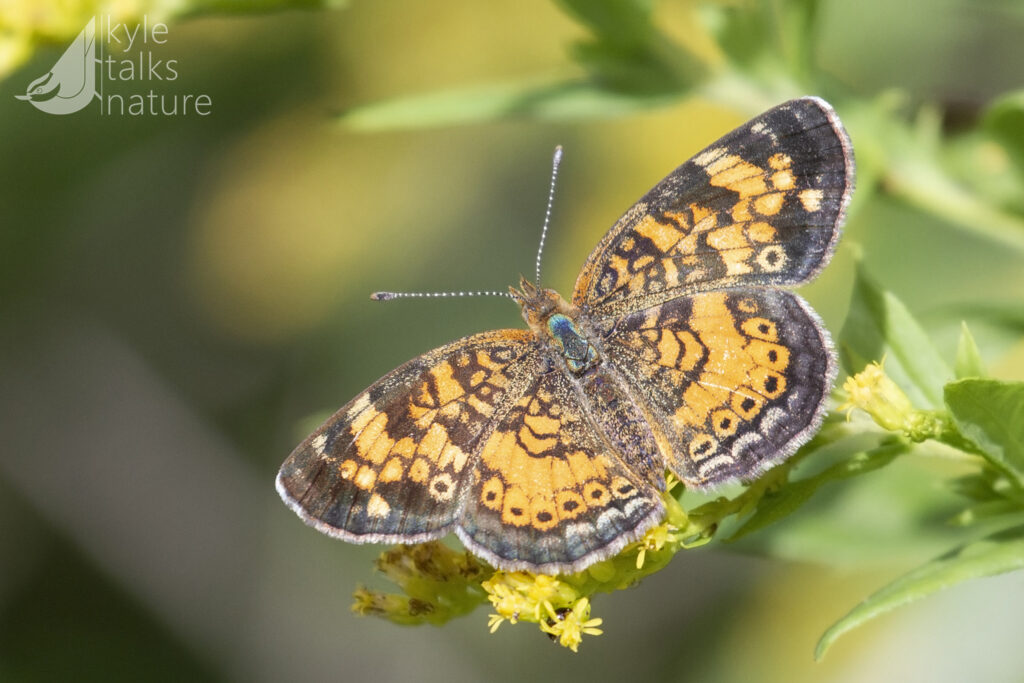
This bright, little butterfly is pretty much everywhere. You could easily see one every day if you went outside with your eyes open. But in spite of its commonality, you still kind of appreciate how pretty it is. It is somehow uplifting to see one. It is the Black-capped Chickadee of butterflies…your constant and chipper companion in the field.
3. Monarch
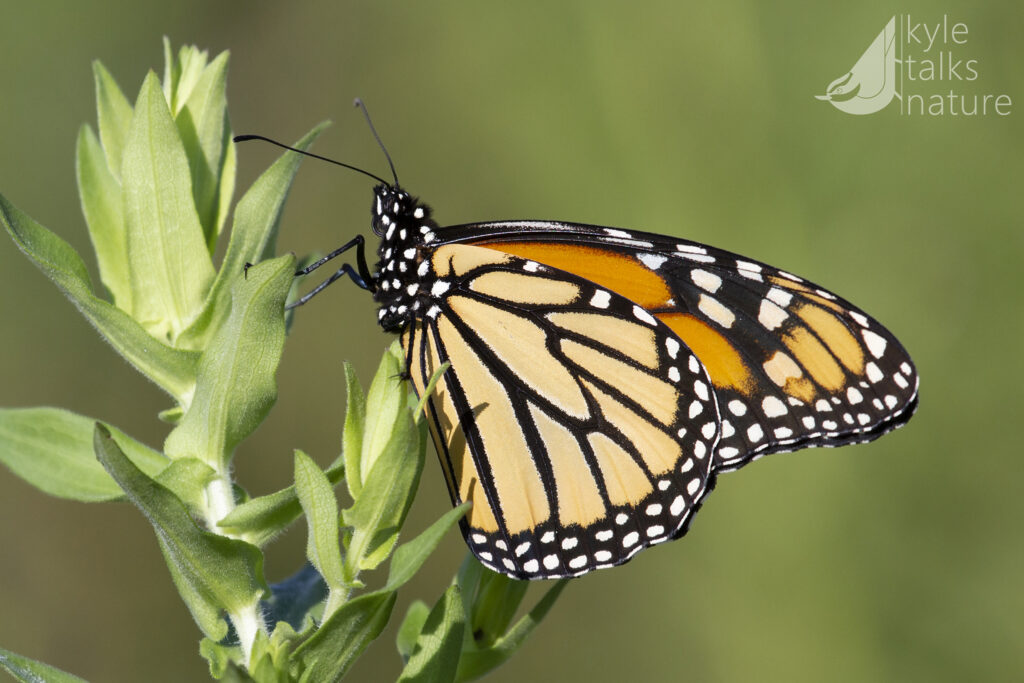
The first butterfly everybody thinks of, the Monarch is (bear with me) the Peregrine Falcon of butterflies. It’s big and showy and a clichéed favourite for children and adults alike. Non-naturalists know more than you’d expect about its biology. When somebody sees one, they will tell you about it. Perhaps most pertinently, there aren’t as many as there used to be…Monarchs are a species-at-risk (as Peregrine Falcons were until recently) and there is currently much concern over how to help them.
4. Painted Lady

Bright, beautiful, common and cosmopolitan, you are looking at the American Goldfinch of butterflies. Plant a garden and they will come. Maybe you go out looking for butterflies and its the only one you see, but you’re not sad about it because it’s just so darn pretty.
5. Mourning Cloak
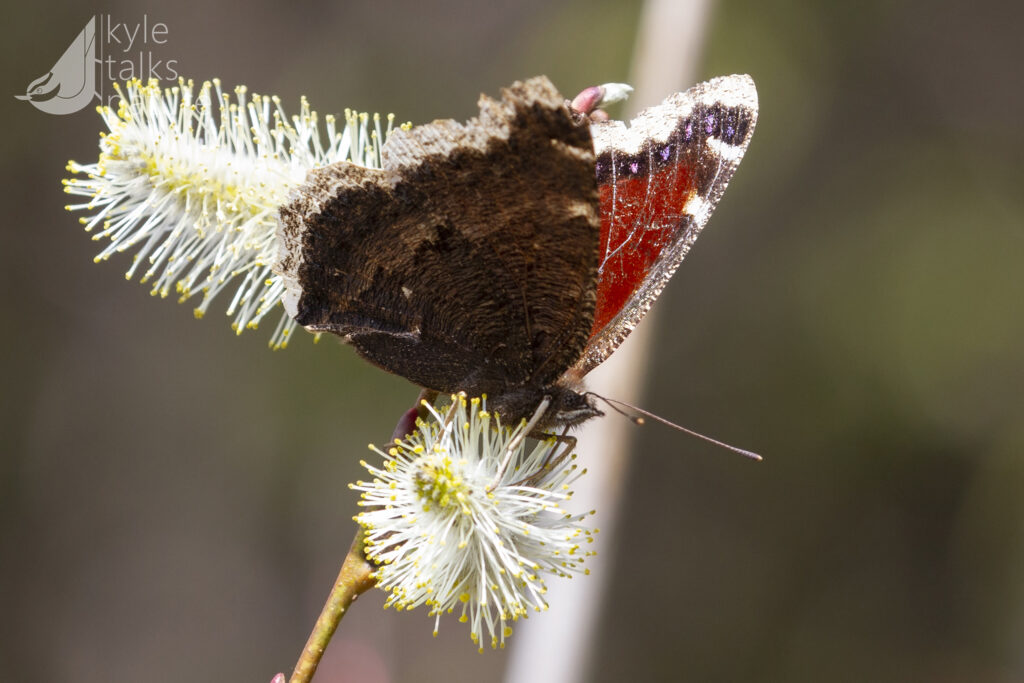
Perhaps the antithesis to the Painted Lady, this common butterfly is all dark and brooding and edgy and stuff. Well, as edgy as a butterfly gets anyway. It’s not what you expect a butterfly to be. Your teenage kid would love it. On the flip side it is often the first butterfly flying in spring, heralding the changing of the season. On both counts it is the Turkey Vulture of butterflies, and for that I love it.
6. Milbert’s Tortoiseshell

This little fireball is always a hit, but you won’t see it every day. Though they are widespread, seeing a Milbert’s seems to require a little right-place-right-time luck. It’s noteworthy…a highlight of the outing. It’s a Scarlet Tanager in butterfly form.
7. White Admiral/Red-spotted Purple

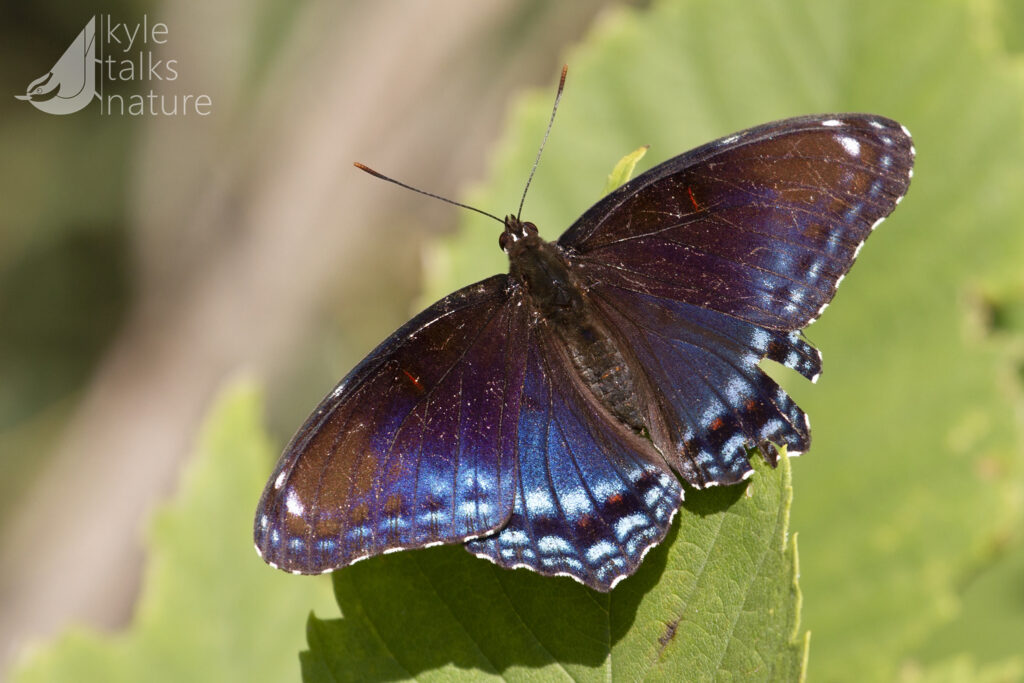
Ready to have your mind blown? These two obviously-different butterflies are actually a single species. White Admiral and Red-spotted Purple are two distinct forms of this species, but many intergrades occur. There’s no doubt, then, that these are (wait for it) the Golden-winged and Blue-winged Warblers of the butterfly world.
8. Great Spangled Fritillary
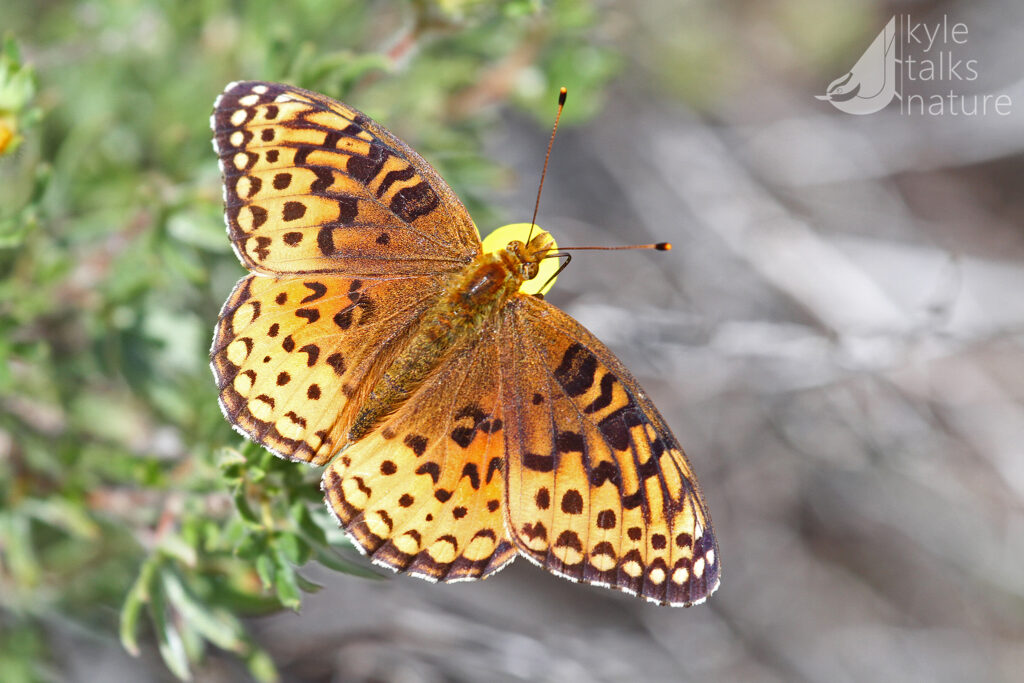
This striking butterfly looks out of place…like maybe it belongs somewhere tropical, or in a conservatory. It’s uncommon enough that non-butterfly-enthusiasts haven’t seen one, and they probably wouldn’t believe you if you told them it lives here. It is the Indigo Bunting of our butterflies, and if it wanders into your neighbour’s garden you’d better believe you’re gonna hear about it.
9. Northern Pearly-Eye

This plain beauty is one of a group of medium-sized, mostly-brown butterflies that you will ignore for the first 6 months of your butterfly habit. Then one day you’ll look at one for the thousandth time and think “damn, I guess I should figure out what that is”. It’s a vireo. A Warbling Vireo with four wings and some antennae.
10. Coral Hairstreak
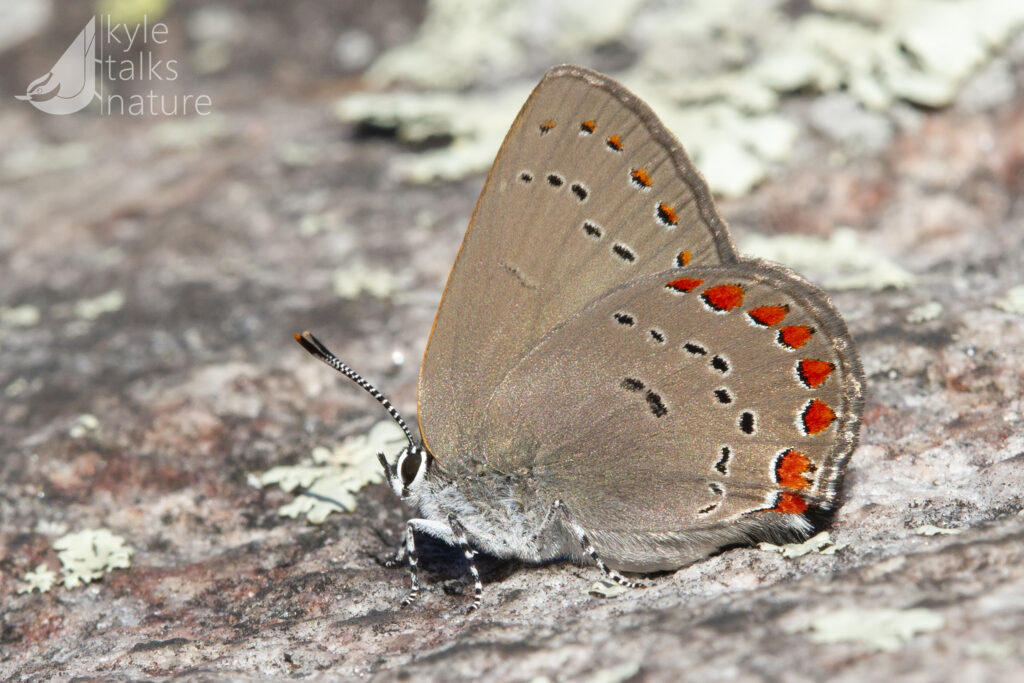
Specially for you ID junkies who love shorebirds and gulls, I present the hairstreaks and blues. Are there lots of them, you ask? Yes. Do many of them look fundamentally the same? Also yes. Are they small, fast-moving and hard to see well? Yes, yes, yes! Think of Coral Hairstreak as the Baird’s Sandpiper of the butterfly world. Now get your field guide, get out there and get your fill!
11. Tiger Swallowtail
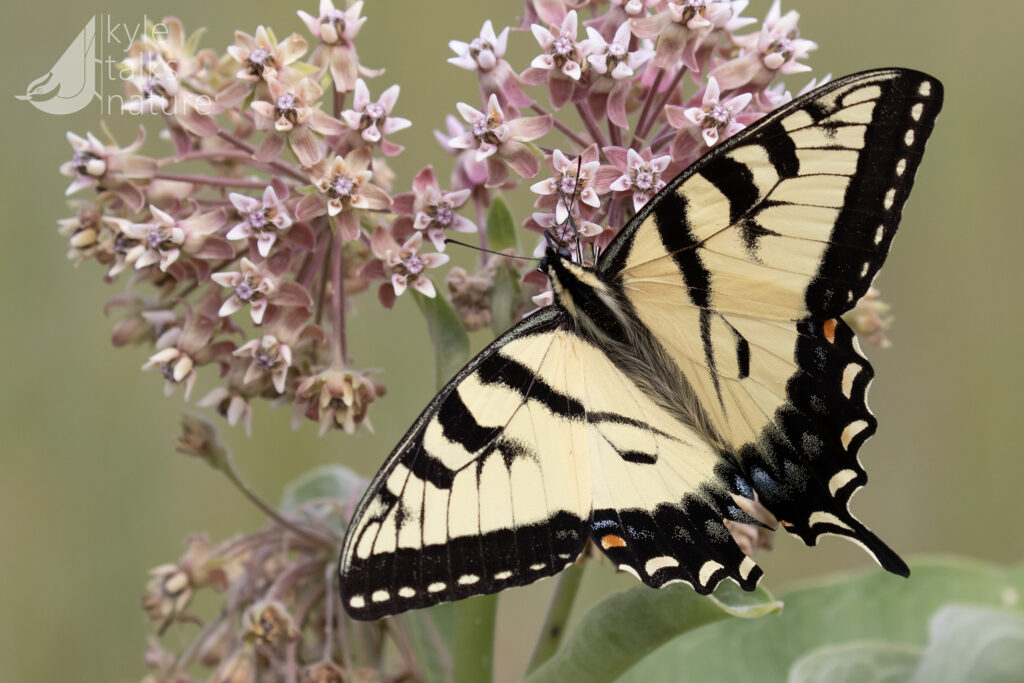
Are you the sort of birder who loves gull hybrids? Well then you are gonna be all over the tiger swallowtails. Canadian and Eastern Tiger Swallowtail have provided an identification challenge for the new butterfly enthusiast for decades, but recent research has elucidated a third species: Midsummer Tiger Swallowtail! Imagine the hours you’ll spend poring over pictures, reading scientific papers and agonizing over tiny details. Before you know it it’ll be September and you’ll be in the middle of fall migration.
12. Hobomok Skipper
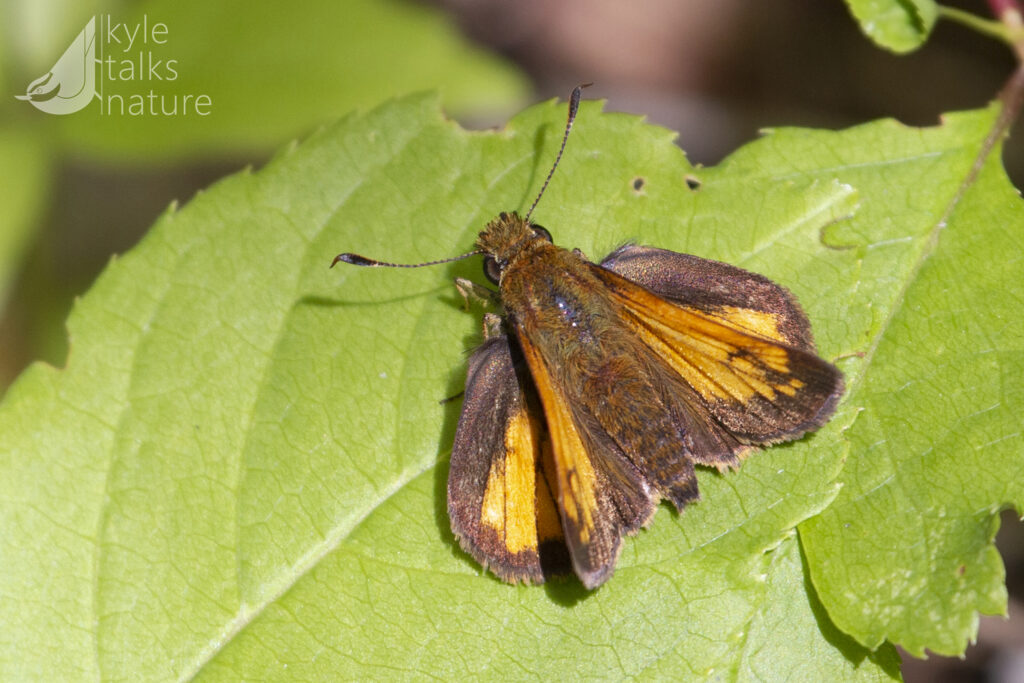
Ok, so a skipper is right on the edge of what is considered a butterfly. Many choose to ignore them. They’re small, there’s lots of them and they’re very difficult to identify. You could spend your whole butterflying life happily avoiding them and there would be no consequence.
But. If you’re the sort of person who gets bored fast – who always needs new challenges – just know that the skippers are out there, waiting for you when you get tired of butterflies. The opportunities are endless.
Part 2 to follow.
Resources:
If you actually read this and are actually thinking about actually going outside and looking at butterflies, here are some excellent resources:


One reply on “Things That Are Like Birds but Aren’t Birds – Part 1”
[…] back friends. In Part 1 we looked at how wayward birders can survive the avian desolation of July by training their […]